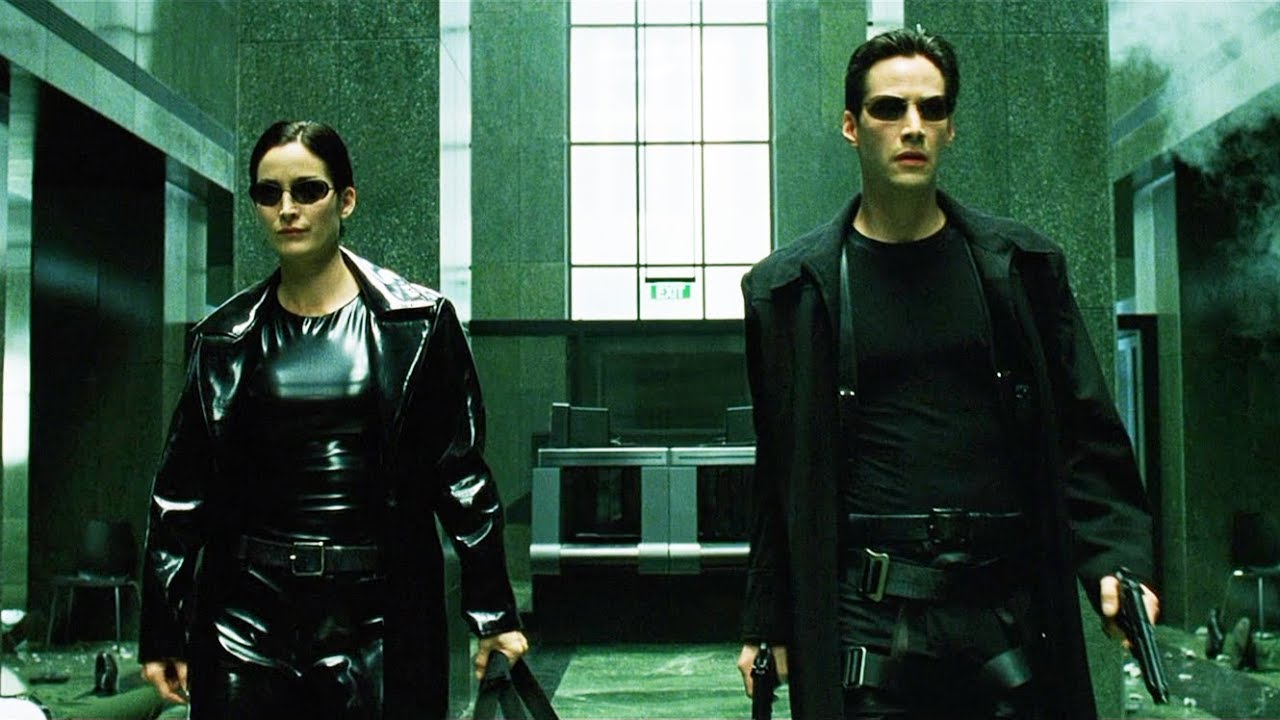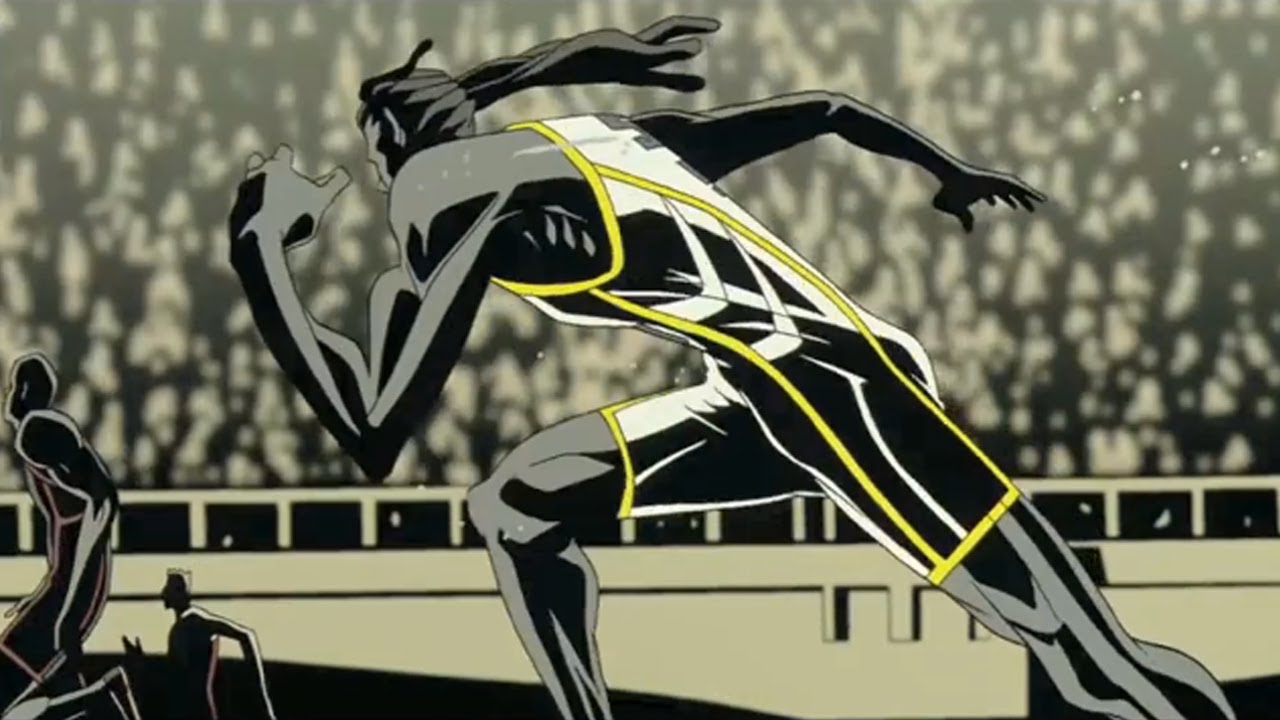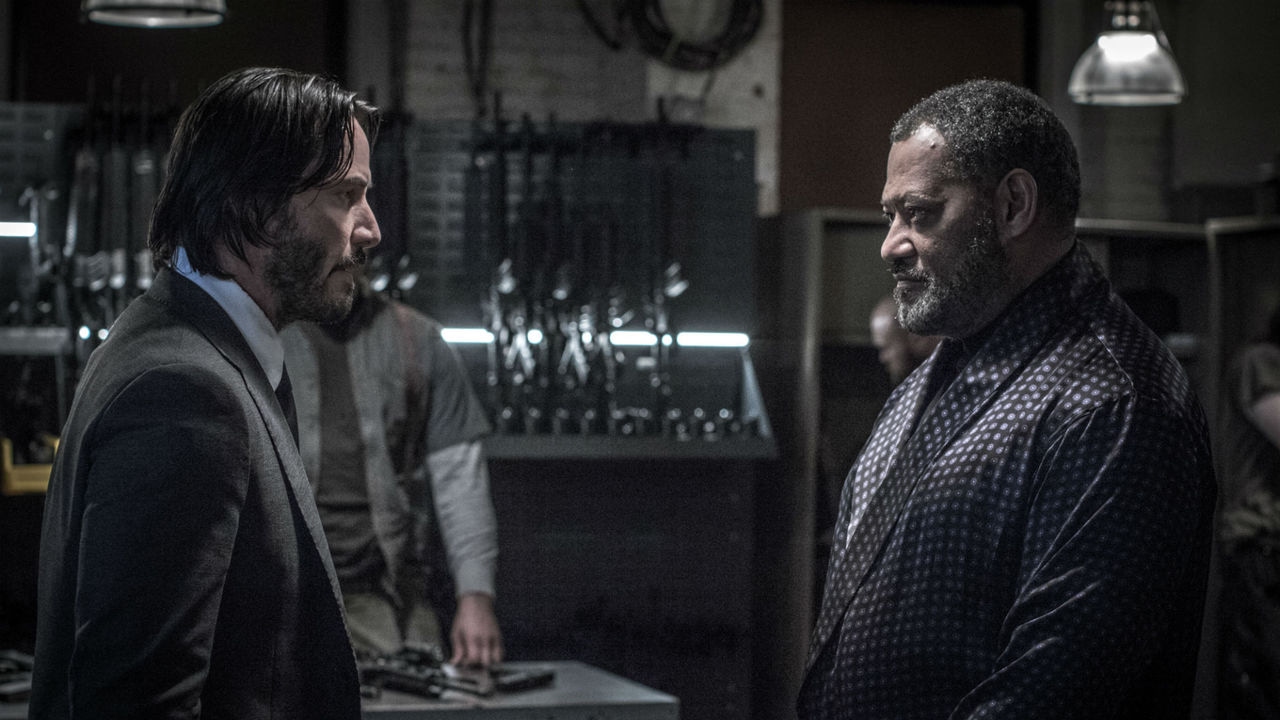It’s hard to believe that the original Matrix is already 20 years old! It seems like just yesterday, we were watching Keanu Reeves say, “I know kung fu” for the very first time. And while the sequels were rather disappointing to some fans, there’s no denying that these films were incredibly groundbreaking for science fiction, as well as film itself. Many of these effects are still seen today!
Visual Effects
Anyone who was around in the early 2000’s will remember the myriad films that parodied The Matrix’s iconic “bullet time” sequence. Everything from children’s films to generic comedies, everyone was spoofing the iconic scene of Neo dodging bullets fired by the Agents. In fact, this scene remains one of the most commonly parodied scenes in cinematic history. However, this all reveals just how revolutionary the original film really was.

The late 90’s was a time of studios relying far too much on CGI, since it was a relatively new tool. Films like Jurassic Park and Terminator 2: Judgement Day showed just how well it could be used. And the slew of disaster films in the latter part of the decade revealed just how lazily and poorly it could be used. But The Matrix demonstrated new ways to utilize CGI, which would later be used in other epic franchises such as The Lord of the Rings trilogy, and even the Marvel Cinematic Universe.
Dystopia Everywhere
The Matrix was famous for not only showcasing a world of post grunge and black leather trench coats. It also showed us a rather disturbing “real world” as well. It was a world in which humans lived underground to avoid the roaming machines above the surface, whose sole mission is to eradicate the ones not plugged into the matrix. While not the first film or media to deal with machines taking over, or even a dystopian future, these themes became very popular tropes of fiction in the years that followed. Without the popularity of The Matrix, perhaps we never would have gotten the slew of dystopian franchises such as The Hunger Games, Divergent, The Maze Runner, and many more!

Anime Gone Mainstream
While The Matrix trilogy wasn’t directly based on any particular anime, the premise and action style were certainly inspired by it. No place is this inspiration better seen than in the animated follow up, The Animatrix; a collection of animated shorts which give more details and backstory to the world itself. We learn just how the war between the machines and humans began, as well as other stories about characters living in the matrix. Since the collection of short films was co-produced by a Japanese company, most of the stories utilize the anime style, and it really seems to fit for the subject matter.

Anime had always been popular among its own fans for decades. But aside from something like Pokemon, it had never really crossed over into the mainstream consciousness. That was until The Matrix. Because of the exposure, series like Dragonball Z exploded in popularity in America, which led to a myriad of live action remakes. These included Ghost in the Shell, Alita: Battle Angle, Dragonball: Evolution, and Speed Racer. Whether or not these were well made is very much up for debate. But the popularity anime felt in the wake of The Matrix films being released certainly contributed to studios being interesting in making them.
Big Budget Films with Something to Say
As previously mentioned, the 90’s were filled with big budget action films that were meant to solely showcase visual effects, but were sorely lacking in compelling plots, themes, and characters. Films like Armageddon, Deep Impact, Godzilla, Batman and Robin, Twister, Dante’s Peak, Volcano, and many more come to mind. Because of this, The Matrix felt like a breath of fresh air. It demonstrated a wide array of stunning visual effects, but also asked big philosophical questions about free will, fate, dreams, reality, and human experience/perception.

The sequels doubled down on this philosophical approach, going so far as to drop countless biblical and Messianic references as well. And while some fans felt that they took it all too far, at least the second and third installments strived to be more than just mindless action films. And the trilogy had an impact on cinema as a whole. In its aftermath, audiences were treated to intelligent action films like the Dark Knight Trilogy, the Marvel Cinematic Universe, No Country For Old Men, Avatar, and so many more!
Like them or hate them, none can deny these films made their mark not just in science fiction films, but Hollywood as a whole. The original, which now celebrates its 20th anniversary, will go down in history as one of the most influential films of the 90’s, as well as the 20th overall!

David Pierdomenico is a former History/English Teacher, and a current HR Professional. His dorky passion is an absolute love of film, especially horror and comic book. He is also the author of horror novels Kushtaka and Veritas.
Contact: Facebook / Twitter / Amazon Author Page




